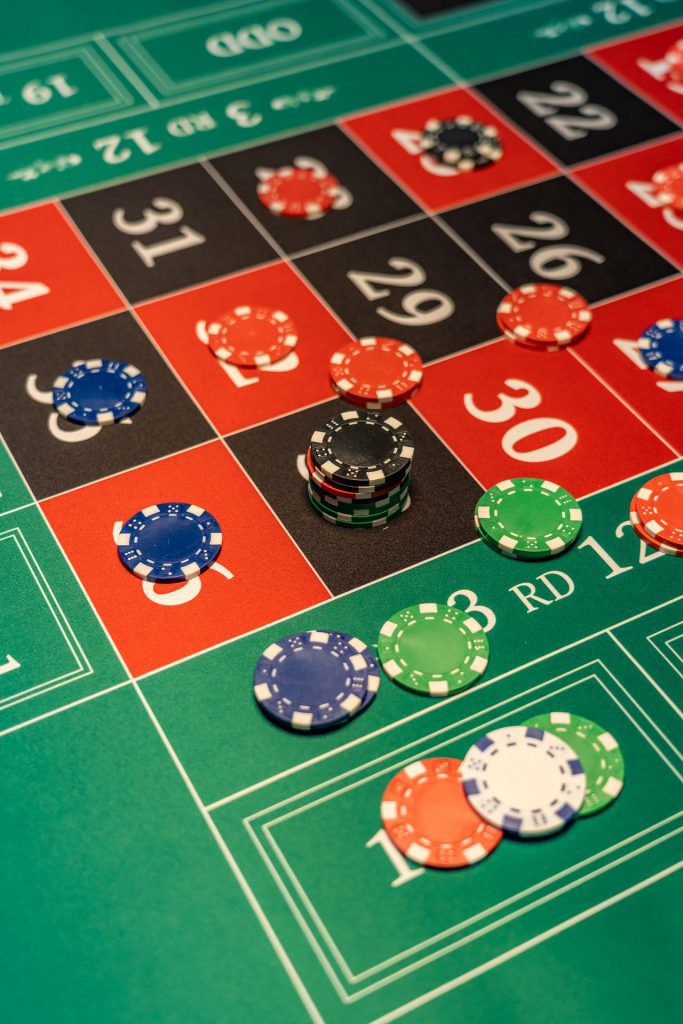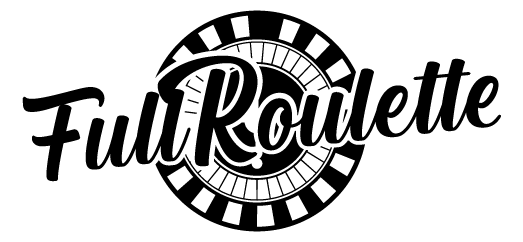Casinos usually have certain percentages locked in. These are hard to overcome even after adding some extra bits into a game. To that end, “pushing the house” simply refers to the act of making some in-game adjustments to try to get the better of the house.
So, given that it’s not really possible to overcome a casino’s locked-in percentages, can you really push the house in roulette? To find out, it’s important to understand how the edges are computed. This doesn’t just apply to roulette. It goes for any game within the confines of a casino, both land-based and online.
Roulette & Its Variations
Roulette has two primary variations, American and European. In the American version, the wheel has a “0” pocket and a “00” pocket. On the other hand, the European game comes with a single “0” pocket on the wheel. With regard to the house edge, European roulette is a more player-friendly game, given the lower house edge at 2.7%. In contrast, the version more popular on this side of the Atlantic has a house edge of 5.26%.
Remember that you can translate the house edge into monetary terms by adding a dollar sign (or any other currency depending on the country you’re playing in) before the first number. You can make this the amount lost for each $100 bet you place. Hence, going by this rule, an American roulette player would lose $5.26 for every $100 that they wager. On the other hand, a competitor in European roulette would have to part with $2.70 for each $100 that they gamble.
Considering the access available for the European version of the game along with the wagering limits that you can handle (the money you put up would be the same whether it’s a “single zero” or “double zero” roulette wheel), opting for European roulette seems to be the way to go in this scenario. While this doesn’t constitute “pushing the house,” it’s common sense, and doing so can come in handy.
How Does the House Get Its Edge?
In American roulette, there are 38 values on the wheel, and the winning payout is usually at 35-to-1. If the game is completely fair, with no inherent advantage for the casino, the winning payout should be 37-to-1. To put it another way, a player would wager 1 and win 37. Alternatively, they would lose on 37 occasions and win once, evening out the game. In this scenario, neither the house nor any of the players had an edge. Both the house edge and the player edge are at zero percent.
In essence, such games are useless for a casino. They would hardly earn any profit if they didn’t “rig the system” for want of a better term. This is why they set the payout at slightly less than the bet’s actual worth (35 units rather than 37). Those two extra units are the “profit” or “income” of a gambling facility.
Since there are 38 numbers on an American roulette wheel, divide this figure by 2, and the casino’s edge appears to be 5.26%. This is the house advantage on the inside numbers and propositions from the outside like odd-even, red-black, etc.
Compared to American roulette, the European game is considered better due to the presence of just a single “0.” With one less figure, the total number count comes to 37, while the house offers a 35-to-1 payout on the successful wager. Here’s where the difference lies. The casino takes “1” from a game of European roulette and “2” from a game of American roulette. Divide 37 by 1, and the 2.70% happens to be the house edge in European roulette.
Nevertheless, gambling facilities where both game versions are available tend to set a higher minimum bet in the European game. For instance, you might have to put in a minimum wager of $25 instead of the more common $10.
Roulette Sucker Bets
While most bets in both roulette versions come with the usual house edge (2.7% in European roulette and 5.26% in American roulette), some wagers might be different as well. In fact, there’s likely to be such an awful bet in American roulette that its house advantage would be much more than all the other wagers.
Furthermore, casinos are somewhat reluctant to explain these wagers on the signage provided at the table or other spots around the facility. You’ll just have to figure these ones out for yourself.
Sucker Bet 1
This one involves separately wagering two or more individual figures straight on the layout with a couple more bets. Below is a hypothetical scenario.
If you bet on two or more values and the amount you’ve put up on all the numbers is the same, this indicates that your wagers are too high. For instance, a bet of $10 on five and another wager of $10 on six usually means that the house is going for their percent edge on either bet. Hence, the more wagers you take and the more games you play, the more money you’ll be expected to lose.
Sucker Bet 2
While playing American roulette, don’t ever put a wager on the “monster.”
That’s right. There are no monsters under your bed. But, they’re ever-present at a live roulette game, usually of the American variety. The “monster,” or the “beast,” is a “line wager” consisting of the first five values on the wheel (0, 00, 1, 2, and 3). Its winning payout is at 6-to-1, but the house edge is a massive 7.89%.
This means that you can expect to lose $7.89 for every $100 bet that you make. Hence, it’s better to avoid such wagers. Try not to fall into the house’s trap because they’re looking to push a player into making a big mistake. Don’t go for it and let this wager pass you by.
Conclusion

That does it for this post. We hope you were able to improve your knowledge of the game, especially with regard to understanding the “pushing the house” strategy. For more interesting stuff on roulette and its multiple variants, keep watching this space on Full Roulette.


Leave a Reply